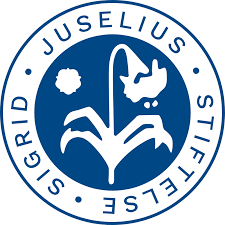Cell and Tissue Biomechanics
Principal investigators
Senior researchers & postdocs
Ph.D. students
- Will Lumi Bosch-Vuononen
- Awuniji Linus
- Sana Jahangir
- Alexander Paz Carvajal
- Mikko Nissinen
- Heta Orava
- Joonas Kosonen
- Joose Peitola
- Moustafa Hamada
- Juuso Tuppurainen
- Katja Honkapää
- Kalle Karjalainen
- Mahan Nematollahi Sanij
- Ellen Hellman
Collaborators
- Professor Alan J. Grodzinsky
- Professor David G. Lloyd
- Professor Simo Saarakkala
- Professor Hanna Isaksson
- Professor Michael S. Andersen
- Professor Ilse Jonkers
Overview
Chondrocytes respond differently to varying loading conditions in articular cartilage and their deformations are thought to be related to tissue biosynthesis. Cell deformation behavior in human joints is affected by the applied loading and properties of the cartilage tissue surrounding cells. Altered loading and material properties of the tissue affects cell responses, cartilage synthesis and degradation, and consequently the progression of osteoarthritis. Currently there are no tool to quantitatively evaluate how osteoarthritis progresses in a patient, thus, the prevention of the disease is extremely challenging.
Objectives of our research are to characterize biological materials (primarily articular cartilage) in tissue and cellular level and their behavior and responses under loading, thus, to provide insight into the mechanisms behind osteoarthritis. We also developed state-of-the art models of cartilage and chondrocytes embedded in cartilage matrix for the estimation of the effect of changed loading and cartilage structure on cell deformations (e.g. in disease). In order to quantify tissue and cell responses in human joints, we develop multi-scale computational models where joint level forces are used as an input to analyze tissue and cell responses. Ultimately these studies aim at patient-specific estimation of joint mechanics, in which imaging and sophisticated computational modeling are combined to estimate stresses, strains, failure sites and progression of osteoarthritis in human joints.
The main methods are macro-, micro- and nano- level mechanical testing, computational modeling and different imaging modalities in different length scales. This is very multidisciplinary research area (e.g. biomechanics, bioengineering, cell biology, public health science). Several national research groups are involved in this research and an active international collaboration and mobility exist within this research area.

